Optimal Timing for Waterproofing
Waterproofing is a critical process to protect structures from water intrusion, which can cause damage, mold growth, and structural deterioration. Proper timing ensures the effectiveness and longevity of waterproofing systems, making it a vital consideration for property maintenance.
Late spring and early fall are ideal due to moderate temperatures and low humidity, which facilitate proper curing and adhesion of waterproofing materials.
Extreme cold or hot weather can compromise waterproofing applications. Avoid waterproofing during freezing temperatures or during periods of heavy rain.
Ensure surfaces are dry, clean, and free of debris. Proper preparation enhances adhesion and durability of waterproofing materials.
Applying waterproofing during suitable weather conditions extends the lifespan of the system, reducing the need for frequent repairs.
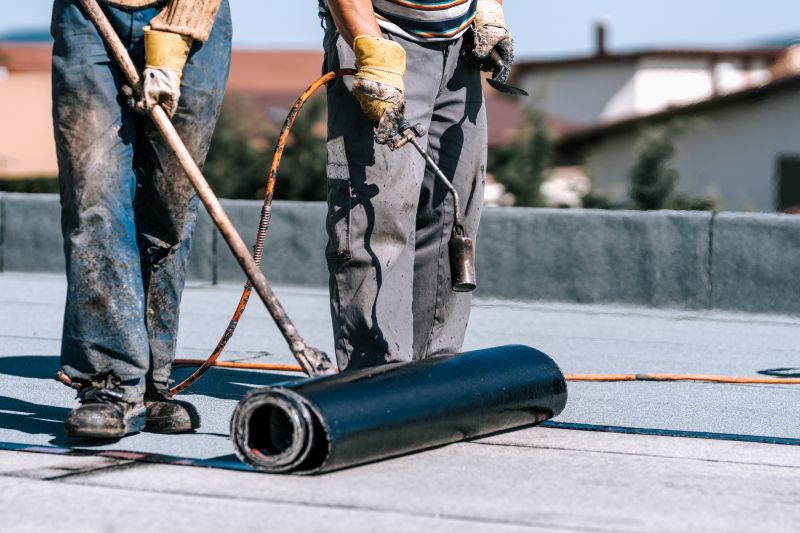
Spring provides moderate temperatures ideal for waterproofing projects.
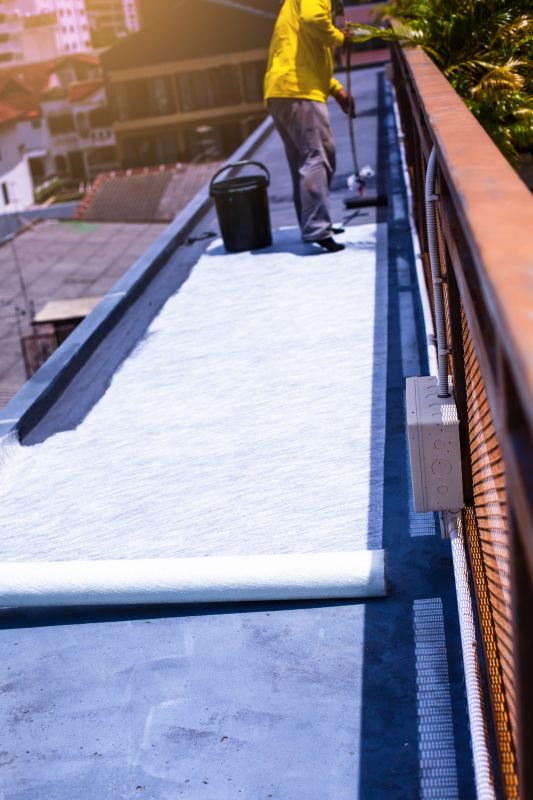
Summer requires caution due to high temperatures and potential for rapid drying.
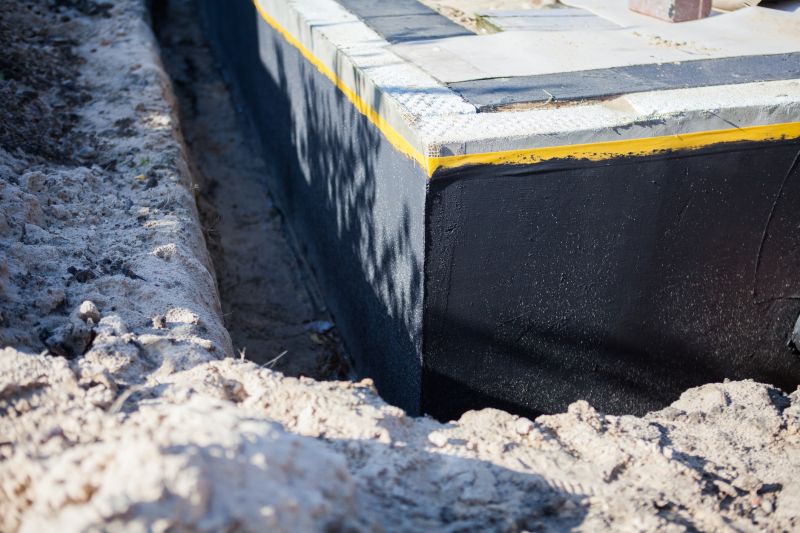
Fall offers cooler, stable weather suitable for waterproofing applications.

Ways to make Waterproofings work in tight or awkward layouts.

Popular materials for Waterproofings and why they hold up over time.
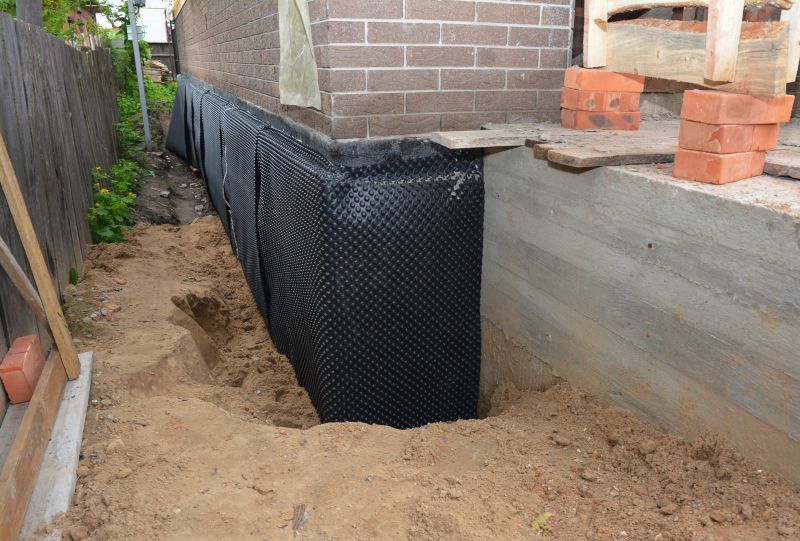
Simple add-ons that improve Waterproofings without blowing the budget.
| Season | Recommended Conditions |
|---|---|
| Spring | Moderate temperatures, low humidity, dry surfaces |
| Summer | Warm temperatures, avoid extreme heat, dry conditions |
| Fall | Cool temperatures, stable weather, dry surfaces |
| Winter | Not recommended due to freezing temperatures and moisture |
| Early Summer | Suitable if temperatures are moderate and dry |
Waterproofings are essential for protecting foundations, roofs, basements, and other structures from water damage. They involve applying specialized materials that create a barrier against moisture penetration. Proper timing and application conditions are crucial for maximizing effectiveness and durability. Accurate assessment of weather patterns and environmental conditions helps ensure waterproofing systems perform as intended, reducing long-term repair costs and structural risks.
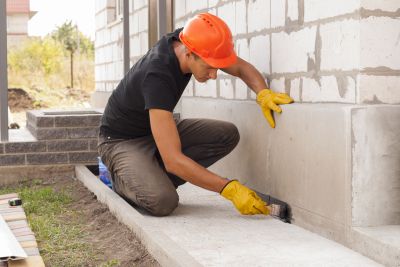
Application during optimal weather conditions ensures better adhesion and longevity.
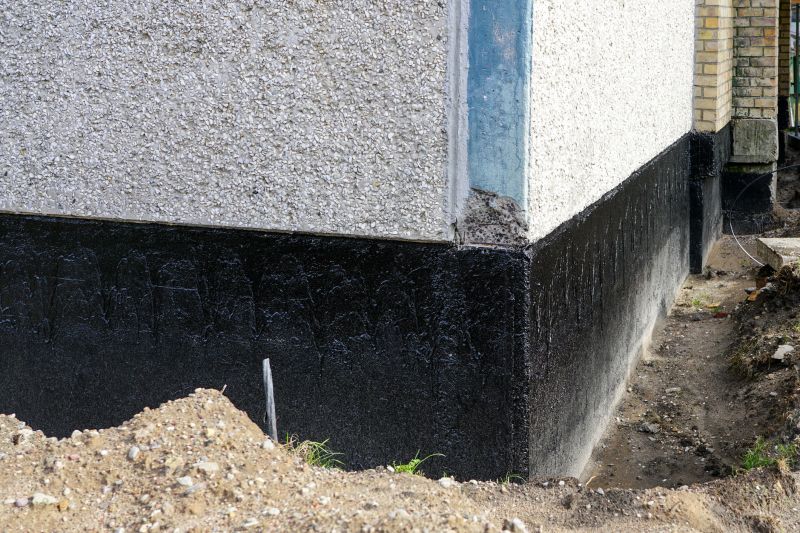
A properly applied waterproof layer provides long-lasting protection.
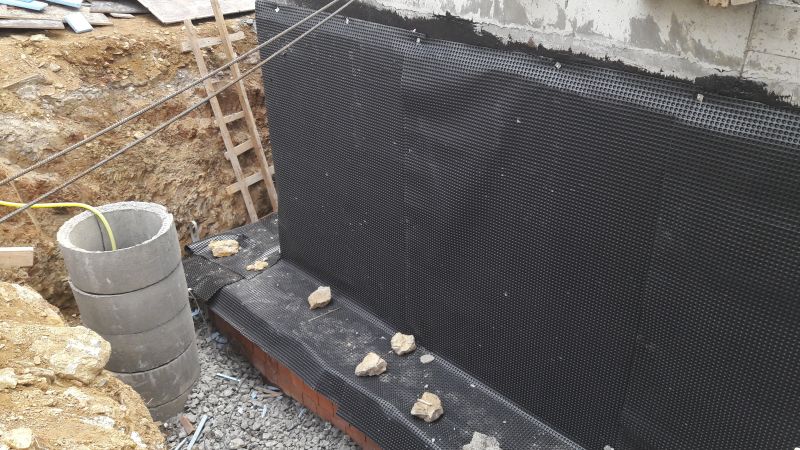
Various materials are used depending on the application and environmental conditions.
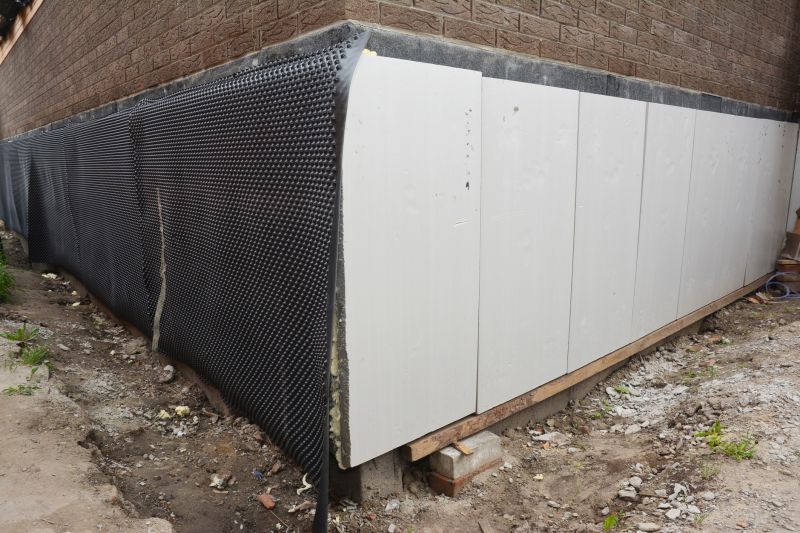
Regular inspections help maintain waterproofing effectiveness over time.

High-end options that actually feel worth it for Waterproofings.
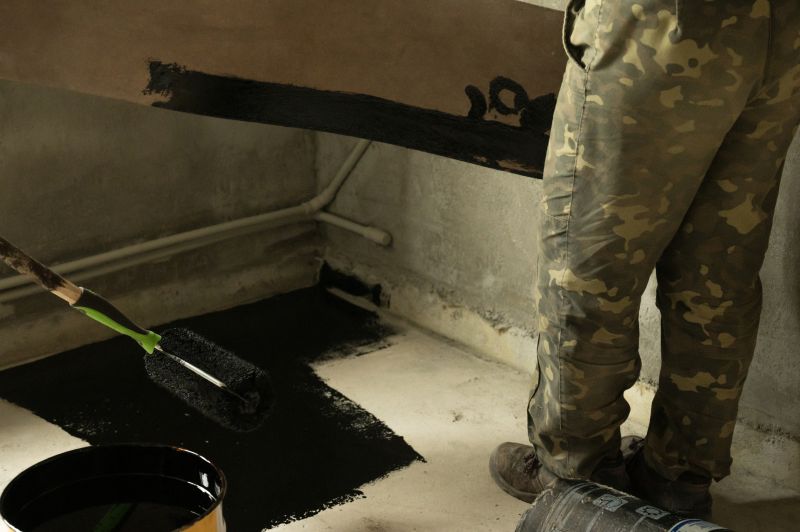
Finishes and colors that play nicely with Waterproofings.
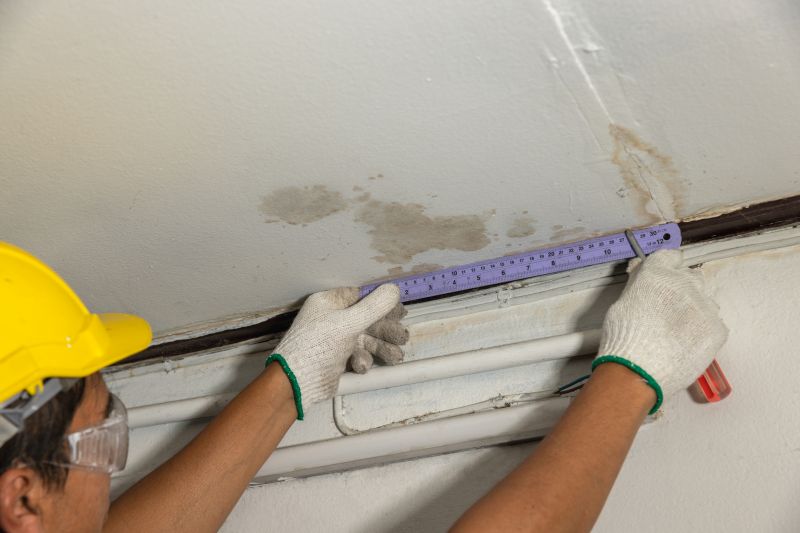
Little measurements that prevent headaches on Waterproofings day.
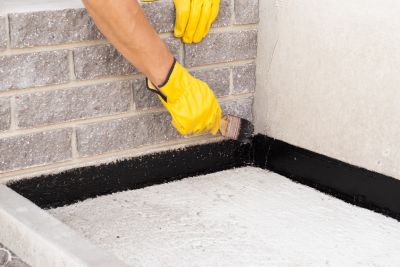
A 60-second routine that keeps Waterproofings looking new.
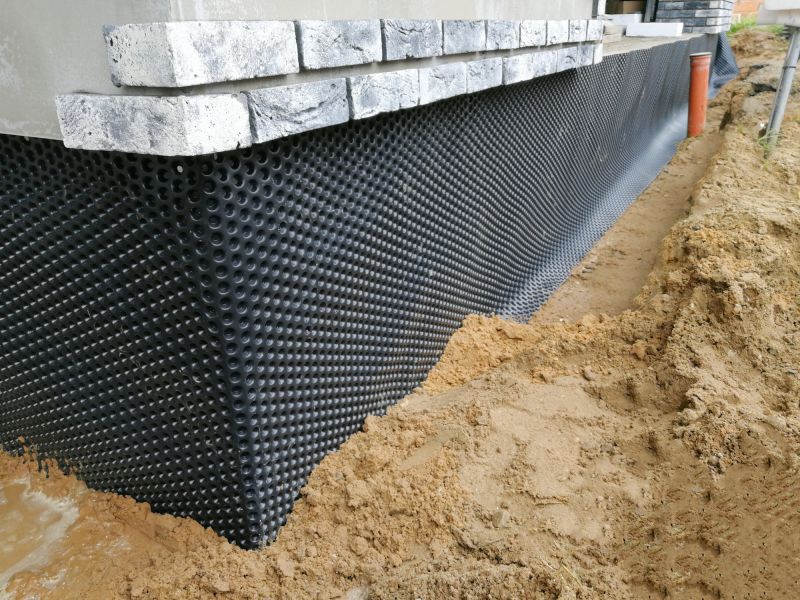
A frequent mistake in Waterproofings and how to dodge it.
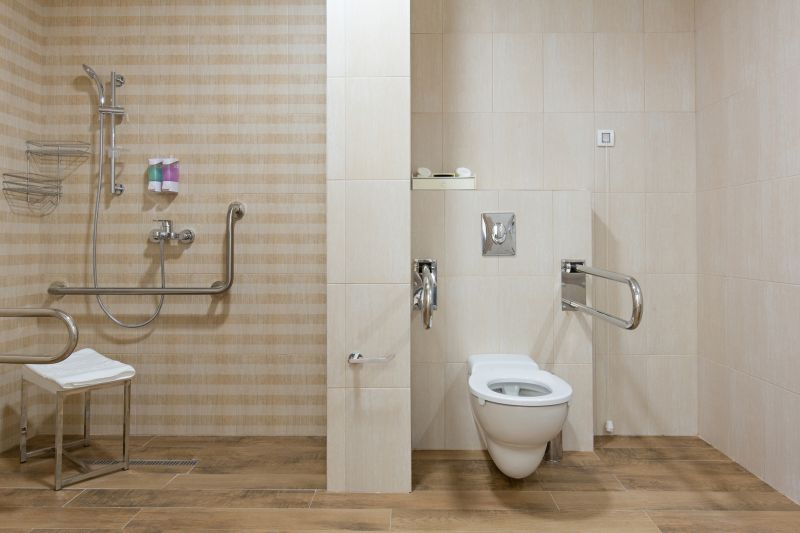
Small tweaks to make Waterproofings safer and easier to use.
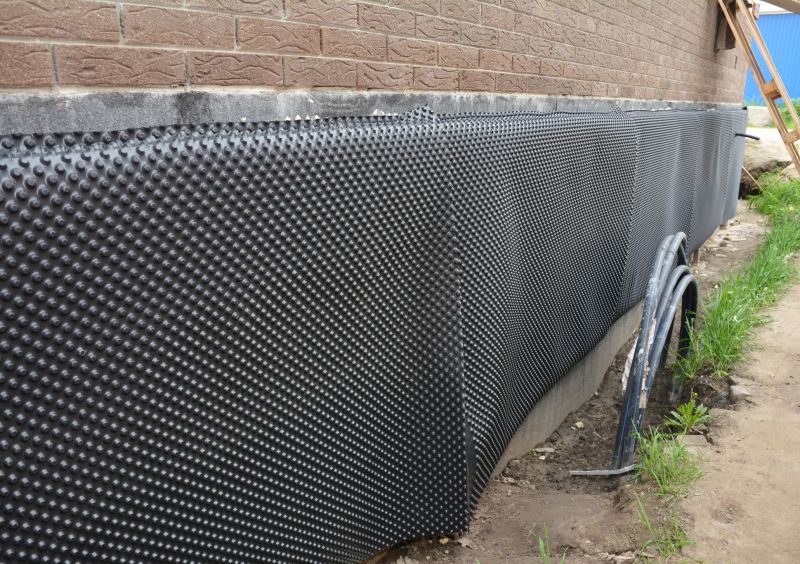
Lower-waste or water-saving choices for Waterproofings.

The short, realistic tool list for quality Waterproofings.
Proper timing for waterproofing projects enhances their performance and lifespan. Consulting with waterproofing professionals can help determine the best schedule based on local climate conditions. Effective waterproofing not only protects structures but also preserves property value and prevents costly repairs in the future.
If interested in waterproofing services, filling out the contact form can provide tailored recommendations and scheduling options to ensure optimal protection for properties in Fort Dodge, IA.




